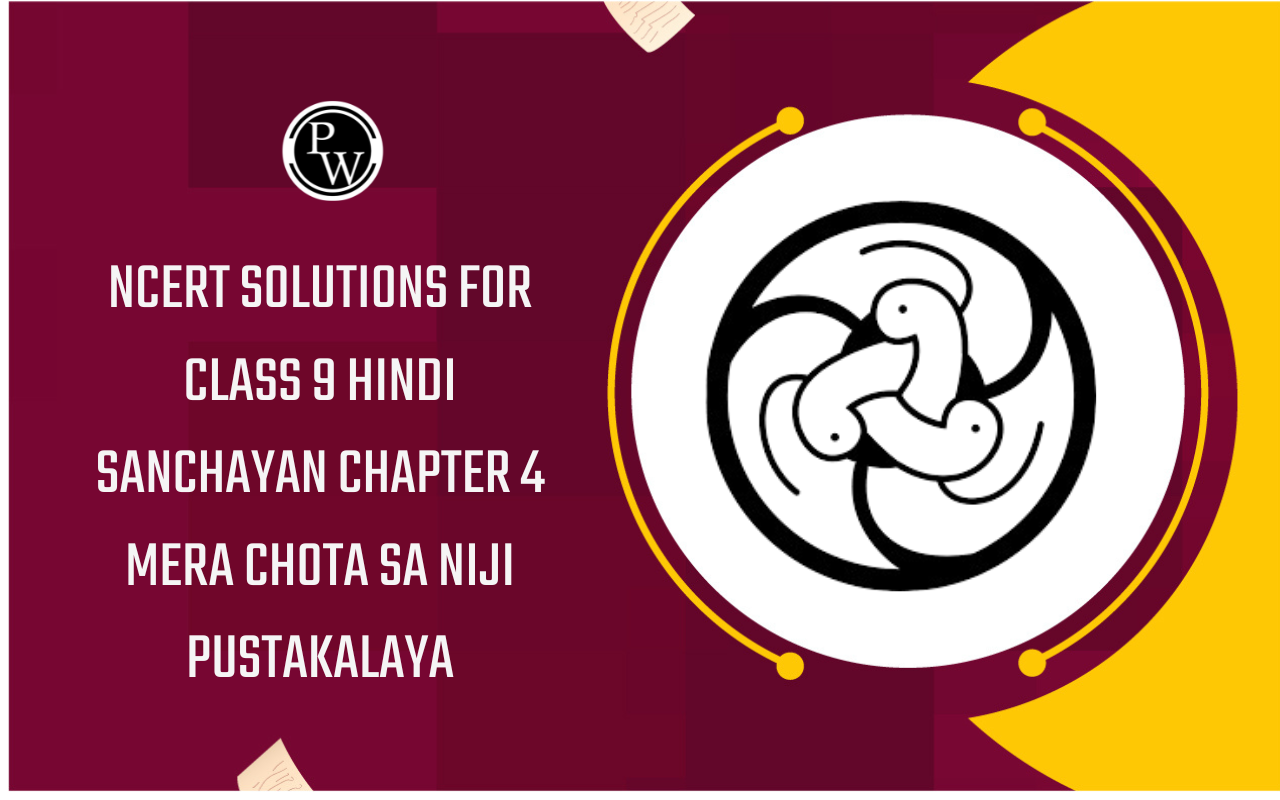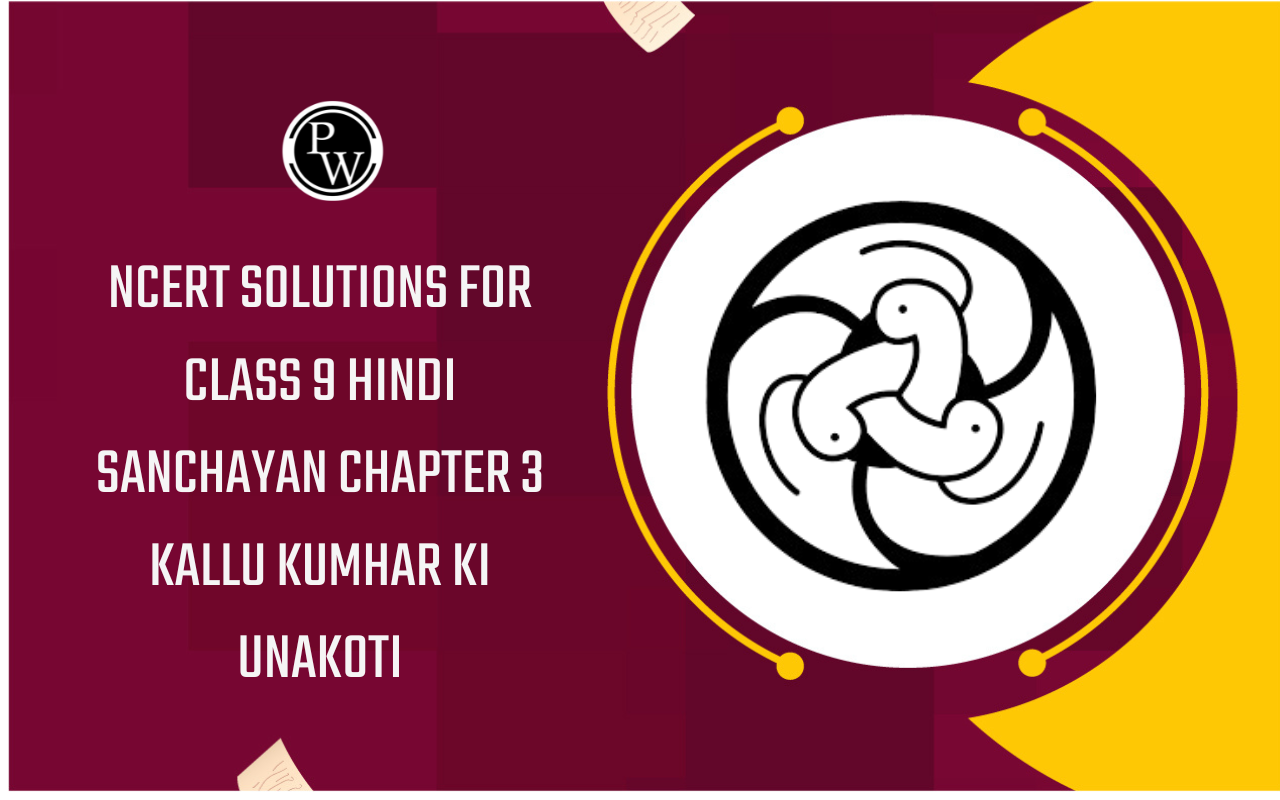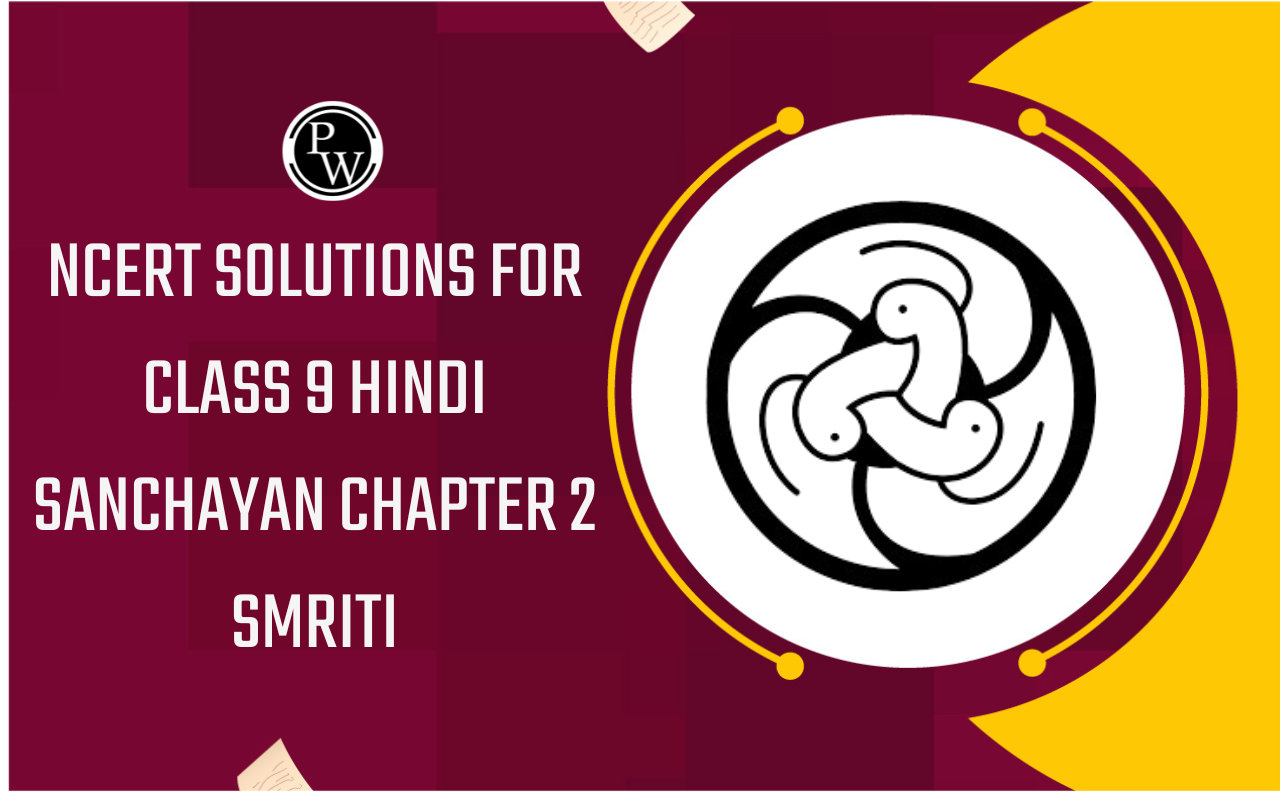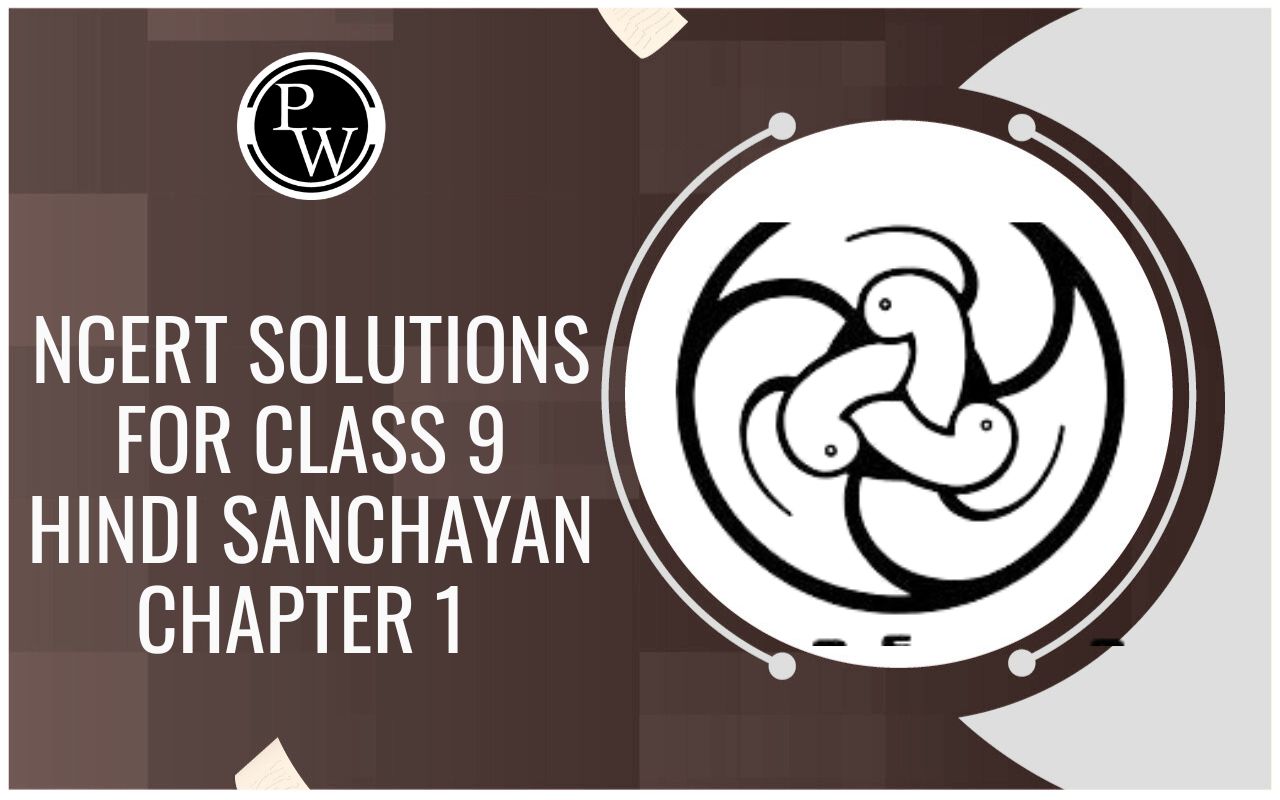
The brain, a marvelous three-pound organ, controls every body function, analyzes information from the outside world, and serves as the physical embodiment of the mind and soul. Numerous bodily processes, such as memory, creativity, emotion, and intelligence, are managed by the brain. Each of our five senses—sight, smell, taste, touch, and hearing—receives information from the brain, frequently more than one at a time. It combines the signals in a way that makes sense to us and can aid in our memory of the data. Our capacity to speak, think, remember, and move our arms and legs are all controlled by the brain. below provided the diagram of brain with detailed explanation.
Also Check - Diabetes Diet
Introduction
The Human Brain
Our brains serve as both the focal point of our thoughts and the hub of the neurological system in humans. It is the most complicated and significant organ in the body, with about 100 billion specialized nerves that control all of our body's metabolic processes.
The skull, which protects the human brain from the front, side, and dorsal, is housed inside the head. There are just a small number of animals without brains. Since the brain is primarily responsible for thinking, interpretation, and movement control, we cannot survive without it. Additionally, it serves as the hub for coordinating the neurological, intellectual, and sensory systems.
The average adult brain weighs between one and five kg. Neurons, the basic building block of the nervous system and the brain, make up most of it. The brain is thought to have between 86 billion and 100 billion neurons, according to recent estimations.
Also Check - Deficiency Symptoms
Location
The brain is protected frontally, laterally, and dorsally by the skull. The skull is made up of 22 bones, with 8 cranial bones and 14 face bones. Anatomically, the brain is encased in the skull and is surrounded by cerebrospinal fluid.
Inside the skull and spinal cord, a fluid called cerebrospinal fluid (CSF) flows to cover the spaces on the surface of the brain. Every day, the specialized ependymal cells create 500 mL of CSF.
The primary function of the CSF is to serve as a buffer for the brain, guarding it against mechanical shocks and minor jolts. Additionally, it provides the brain with some primary immunological defense.
Additionally, the brain is buoyant thanks to CSF. In other words, the weight of the brain is essentially negated since it is suspended in a layer of CSF. An adult's brain typically weighs one to five kg.
The brain is protected frontally, laterally, and dorsally by the skull. The skull is made up of 22 bones, with 8 cranial bones and 14 face bones. Anatomically, the brain is encased in the skull and is surrounded by cerebrospinal fluid. Every day, the specialized ependymal cells create 500 mL of CSF.
If the brain were not held in CSF due to its weight, the lower half of the brain's blood supply would be cut off. The neurons in the damaged area would perish as a result.
Also Check - Dengue
Brain diagram
The various lobes of the human brain are highlighted in the diagram of brain that is provided below.
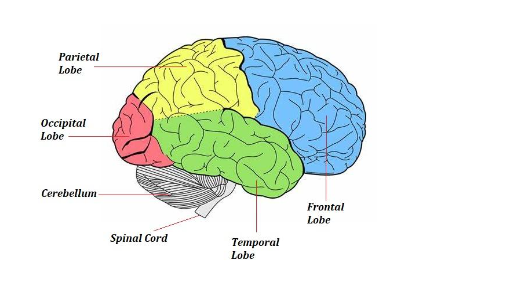
An illustration of the human brain's various regions is given below.
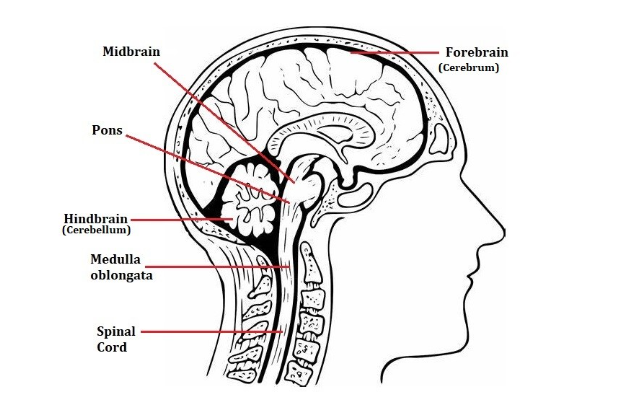
Parts of The Human Brain
Three major sections make up the human brain:
- Forebrain.
- Midbrain.
- Hindbrain.
Numerous smaller pieces make up these three basic components.
1.Forebrain
Prosencephalon is another name for the forebrain.
The cerebral hemispheres, thalamus, and hypothalamus are all parts of the forebrain, which is the front region of the brain. Additionally, it has two divisions known as the diencephalon and telencephalon. The olfactory system, or sense of smell, and the lateral and third cerebral ventricles, are all parts of the forebrain, in addition to the optic nerves and cranial nerves.
The greatest portion of the brain is the cerebrum, which covers most other brain regions and takes up two-thirds of its total volume. It has a role in regulating important bodily processes like learning and emotion.
The cerebral cortex and other subcortical elements make up the cerebrum. It is made up of two cerebral hemispheres connected by the corpus callosum, a C-shaped nerve fiber.
The cerebrum is further segmented into four lobes or sub-sections:
- The Frontal Lobe
Just below the forehead is where you'll find the frontal lobe. It is primarily responsible for speech components, judgments, thinking, problem-solving, planning, and motor processes, including movement. The frontal lobe is also linked to self-regulatory behavior, facial expressions, inhibitory control, paying attention, remembering, and emotional regulation.
- The Parietal Lobe
Our brain's upper back contains the parietal lobe. All of our sophisticated behaviors, including vision, touch, spatial orientation, and body awareness, are managed by this lobe. It controls handwriting, visuospatial processing, hand position, movements, and the perception of stimuli.
- The Occipital Lobe
Near the back of the brain, the occipital lobe, which is situated above the temporal lobe and beneath the parietal lobe, aids in visual processing and mapping.
- The Temporal Lobe
The temporal lobe is located close to our ears and is involved in speaking, hearing, object recognition, and auditory stimulus processing.
2.Midbrain
Mesencephalon is another name for the midbrain.
The midbrain, the tiniest part of the brain, is situated between the cerebral cortex and the hindbrain in the middle of the brain. The tectum, cerebral peduncle, tegmentum, cerebral aqueduct, substantia nigra, as well as many nuclei and fasciculi, are all parts of it.
The midbrain is in charge of the hearing, vision, the sleep cycle, controlling body temperature, attentiveness, etc. The substantia nigra is home to many dopamine-producing neurons, and Parkinson's disease is linked to the loss of these neurons.
3. Hindbrain
Rhombencephalon is another name for the hindbrain.
The bottom rear region of the brain is where the hindbrain is situated. The cerebellum, pons, and medulla make up the majority of them.
- Cerebellum
Situated in the back of the medulla and pons, the cerebellum is the second biggest component of the brain. The transverse fissure and the cerebellar tentorium divide the cerebrum from the cerebellum. The cerebellum's exterior is known as the cortex, and its parallel ridges are known as the folia. The cerebellum also has cerebellar peduncles, cerebellar nuclei, anterior and posterior lobes, and other structures. The outer grey cortex and the inner white medulla comprise the cerebellum's two hemispheres. When the body is moving consciously, such as when walking, running, swimming, or riding, it is primarily responsible for coordinating and maintaining equilibrium.
The cerebellum's key duties include the following:
- It detects balance.
- Exchanges information
- Synchronizes eye motion.
- It makes it possible to control voluntary body movements precisely.
- Predicts the body's future position during a specific movement.
- The skeletal movements are an issue for both the anterior and posterior lobes.
- The cerebellum plays a crucial role in fine-tuning motor activities.
- Whether walking, jogging, biking, or swimming, balance and posture are coordinated and maintained.
- Medulla Oblongata
There is a tiny structure called the medulla oblongata in the base of the brain. It primarily regulates the bodily processes known as autonomic functions, which include breathing, digestion, and heart rate. It is crucial for connecting the pons, cerebral cortex, and spinal cord. It also helps to control our reflexes and maintain proper posture.
- Pons
The pons, which lie in the region of the brain stem between the midbrain and medulla oblongata, is its primary structural element. It serves as a signal relay between the cerebrum, spinal cord, midbrain, and other higher-order brain regions.
The pons' primary duties are as follows:
- Regulating sleep cycles.
- Controlling the intensity and frequency of breathing.
- Carries information between the motor cortex and cerebellum.
- As well as experiences like taste, hearing, and balance, pons are also involved in them.
Also Check - Cropping Patterns
Functions of the brain
- The sense of light, sound, movement, temperature, etc. is aided by the cerebral cortex of the brain.
- It regulates a person's sleep and breathing patterns.
- It is in charge of voluntary motor function.
- The brainstem, which is located near the back of the brain, aids in controlling the sleep cycle.
- The processing of hearing and memory is connected to the brain's lobes.
- The basal ganglia are a cluster of brain regions that aid in coordinating messages to different parts of the brain.
Diagram Of Brain FAQs
How does the body safeguard the brain?
What portion of the brain is the largest?
The brain is where, exactly?
What is the brain's most crucial function?
What constitutes the brain's primary structure?



